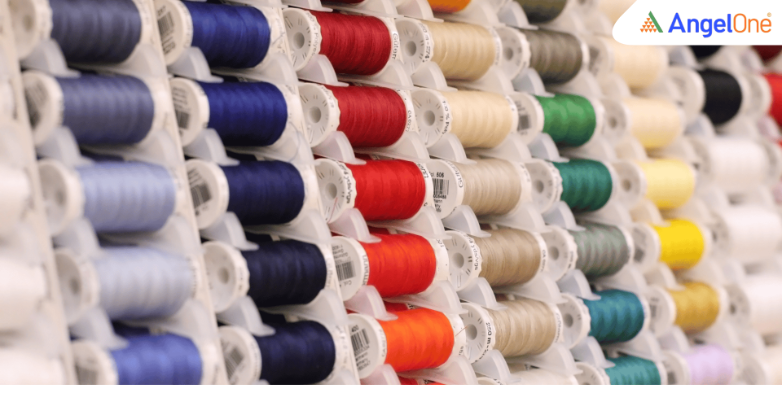
The Indian Government is taking significant steps to strengthen the country’s textile sector through strategic infrastructure development and skill-building initiatives. A key component of this effort is the establishment of new textile parks under the PM Mega Integrated Textile Region and Apparel (PM MITRA) scheme.
This article explores the scale, vision and supplementary programmes aligned with the scheme.
The Government has approved the development of PM MITRA Parks across 7 states in India. These locations include Tamil Nadu (Virudhnagar), Telangana (Warangal), Gujarat (Navasari), Karnataka (Kalaburagi), Madhya Pradesh (Dhar), Uttar Pradesh (Lucknow) and Maharashtra (Amravati). The scheme involves an outlay of ₹4,445 crore, to be disbursed over a period of 7 years, ending in 2027 to 2028.
The primary objective of the PM MITRA scheme is to create world-class industrial infrastructure that integrates the entire textile value chain. With this initiative, the Government aims to attract investments worth ₹70,000 crore and generate approximately 20 lakh direct and indirect jobs. This integrated approach is expected to improve competitiveness, reduce logistics costs and foster innovation across the textile industry.
Complementing the infrastructure push, the Government is also strengthening human capital through the Samarth scheme. The scheme is focused on providing demand-based, placement-linked training across the entire textile value chain, excluding the spinning and weaving segments.
Implemented on a PAN India basis, Samarth plays a key role in enhancing job readiness and bridging skill gaps within the sector. In the state of Haryana, 26 implementing partners are currently operating 80 active training centres. These centres offer both entry-level and upskilling programmes designed to meet industry requirements.
To support Indian textiles on the global stage, the Government continues to provide financial assistance to Export Promotion Councils and trade bodies. This includes participation in trade fairs, exhibitions, and buyer-seller meets, both within the country and internationally. The objective is to expand India’s export footprint in textiles and garments while enhancing the visibility of Indian products in global markets.
In a move to strengthen the niche segment of technical textiles, the Government has launched the National Technical Textiles Mission (NTTM). With an outlay of ₹1,480 crore from 2020 to 2026, the mission aims to boost production, application and innovation in technical textiles, including in states like Haryana.
This mission seeks to position India as a global leader in the technical textiles sector by encouraging research, innovation and demand creation through various pilot projects and market development efforts.
Read More: Govt Approves ₹11,169 Crore Rail Multitracking Projects to Boost Freight and Village Connectivity!
These initiatives reflect the Government’s commitment to transforming the textile industry into a globally competitive sector. Through the combined force of infrastructure, skill development, export promotion and innovation, the Indian textile sector is poised for sustained growth and increased employment generation.
The information was shared by Shri Pabitra Margherita, Minister of State for Textiles, in a written reply to a question in the Rajya Sabha.
Disclaimer: This blog has been written exclusively for educational purposes. The securities or companies mentioned are only examples and not recommendations. This does not constitute a personal recommendation or investment advice. It does not aim to influence any individual or entity to make investment decisions. Recipients should conduct their own research and assessments to form an independent opinion about investment decisions.
Investments in securities are subject to market risks. Read all related documents carefully before investing.
Published on: Aug 1, 2025, 3:46 PM IST

Team Angel One
We're Live on WhatsApp! Join our channel for market insights & updates